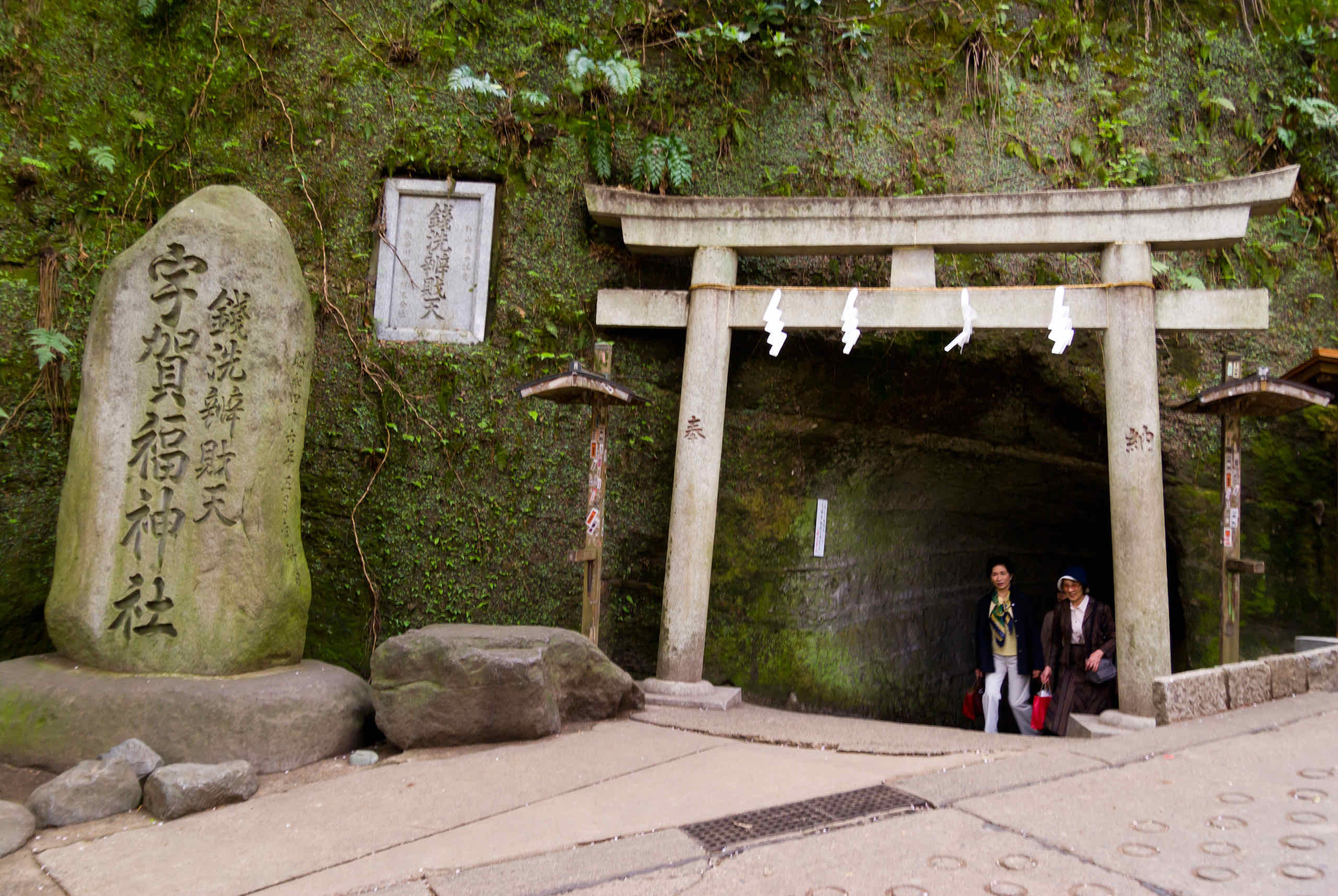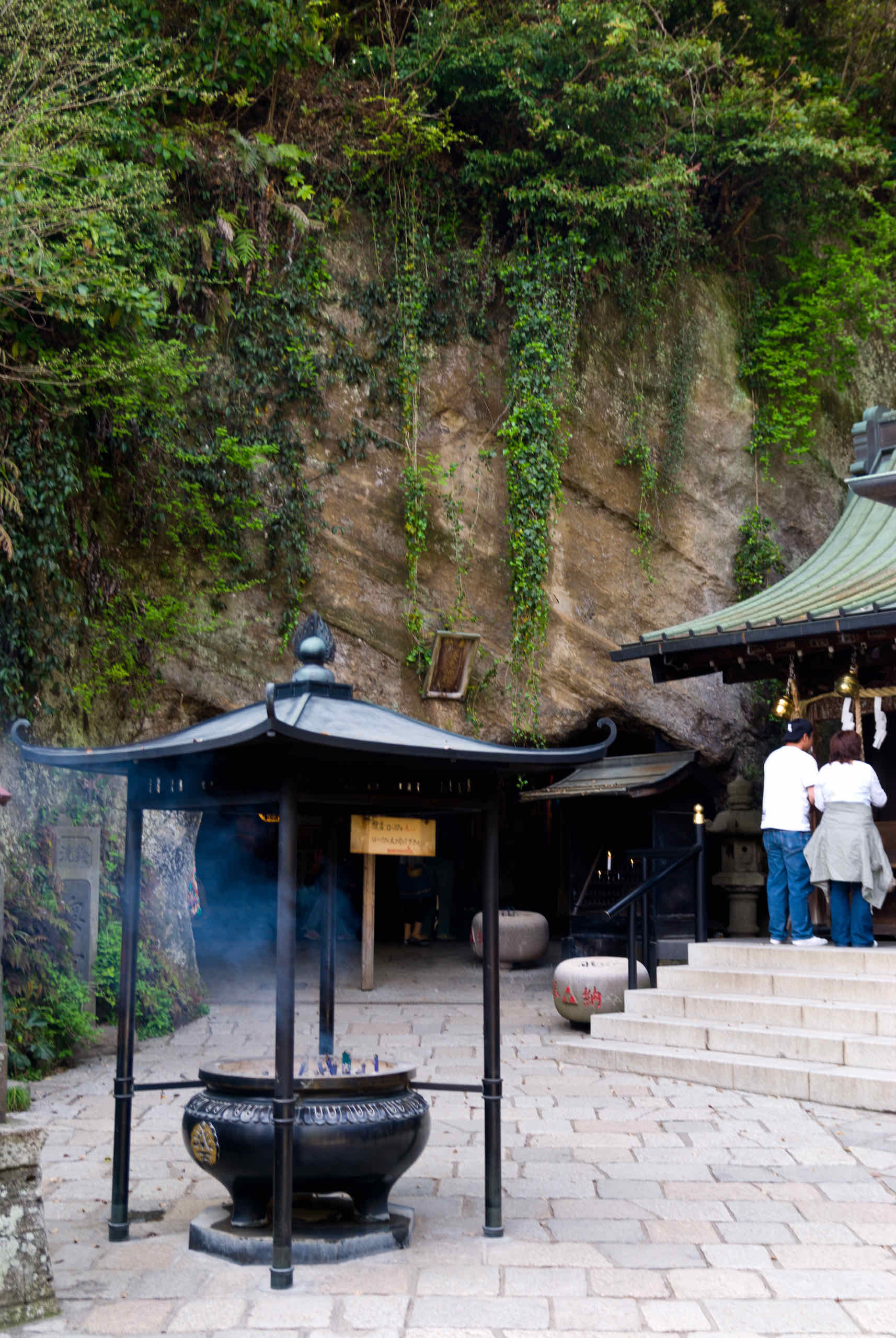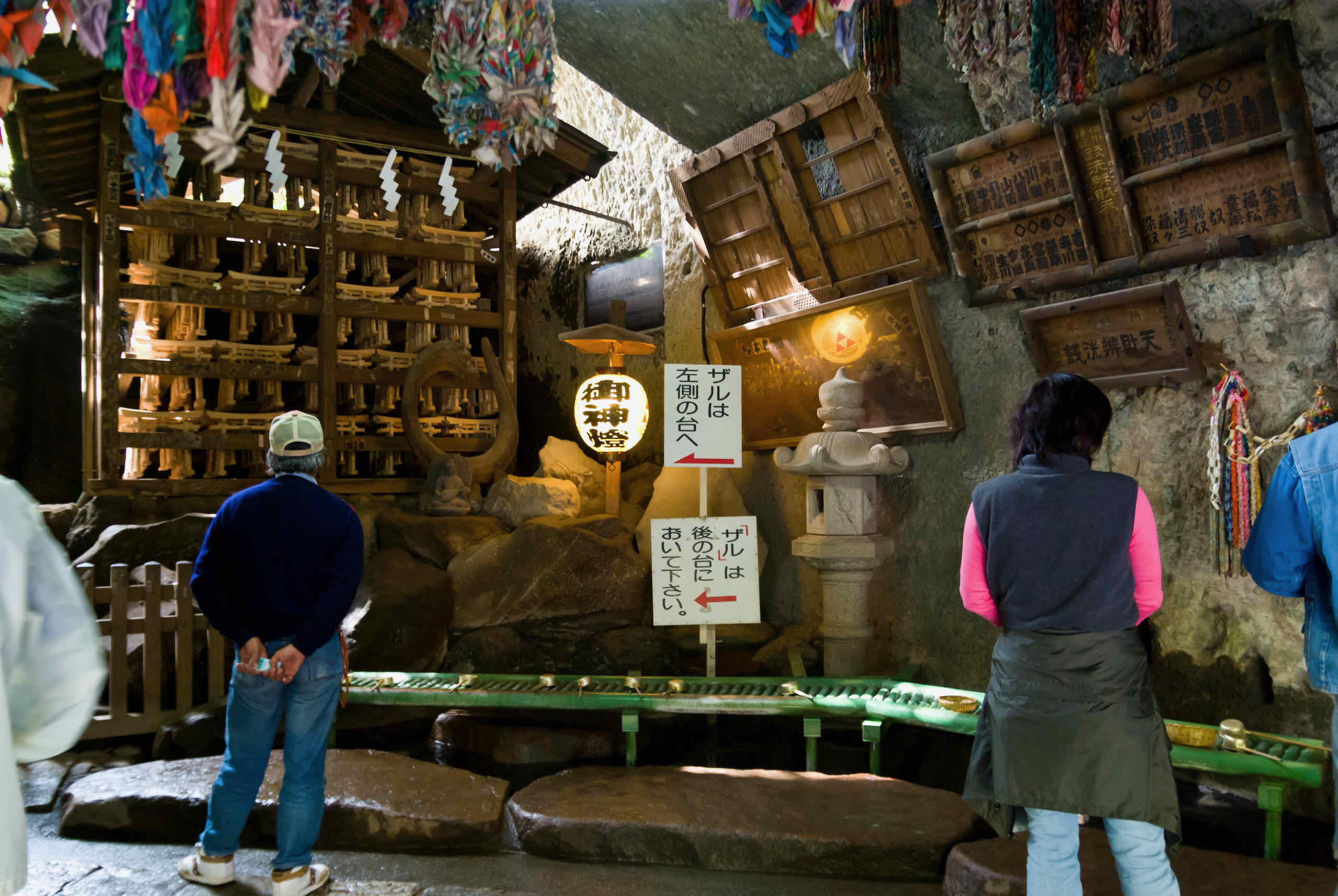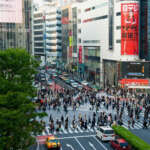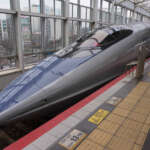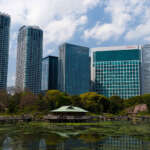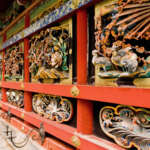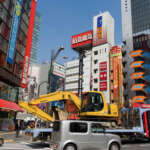Japan: Kamakura
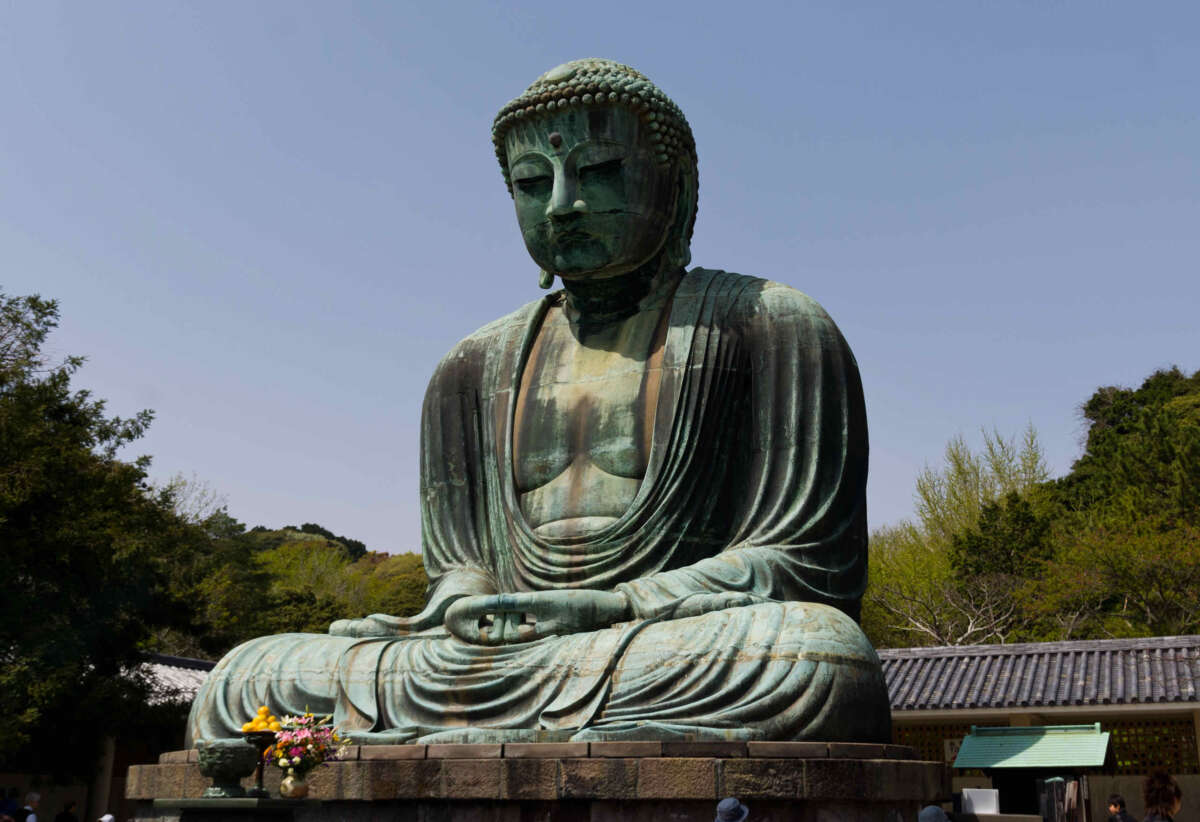
Kamakura (鎌倉) is a small town popular with tourists because of attractions such as the Hasedera temple located on a hill with great views of the town, the Great Buddha bronze statue and other temples and shrines. It was formerly the capital of Japan in the 12th century.
Today, Kamakura seems like a sleepy small town, but at one stage it was the capital of Japan under the Minamoto shogun and then the Hojo regents. In the 14th century the capital moved to Kyoto under the Muromachi regime. The beaches are popular with the Japanese during the hot summer months, and the temples and shrines attract tourists local and international.
A good place to start is the Hasedera temple, located on the slopes of a hill (Mt Kamakura). The lower level is a beautiful garden with several ponds containing turtles and carp, and as one climbs the slope towards Jizo-do Hall, there are literally hundreds of cute small statues of the Jizo Bodhisattva. Jizo helps helps the souls of deceased children to reach paradise.
The temple’s main buildings are located halfway up the hill, and there are several vantage points from which you can gaze and the town and sandy beaches (Yuigahama). In the main building (Kannon-do hall) there is a famous 11 head statue of Kannon, the goddess of mercy. It is the sister of a similar Kannon statue at the similarly named Hasedera temple at Nara. I wasn’t allowed to take a photo of the Kannan but I snuck in a photo of Amida Buddha on the opposite hall (Amidado).
Next to the garden is a small cave, called benten kutsu (Benzaiten Grotto), contains a long winding tunnel with a low ceiling and various statues and devotionals to Benzaiten, the sea goddess and the only female of the Seven Lucky Gods in Japanese mythology.
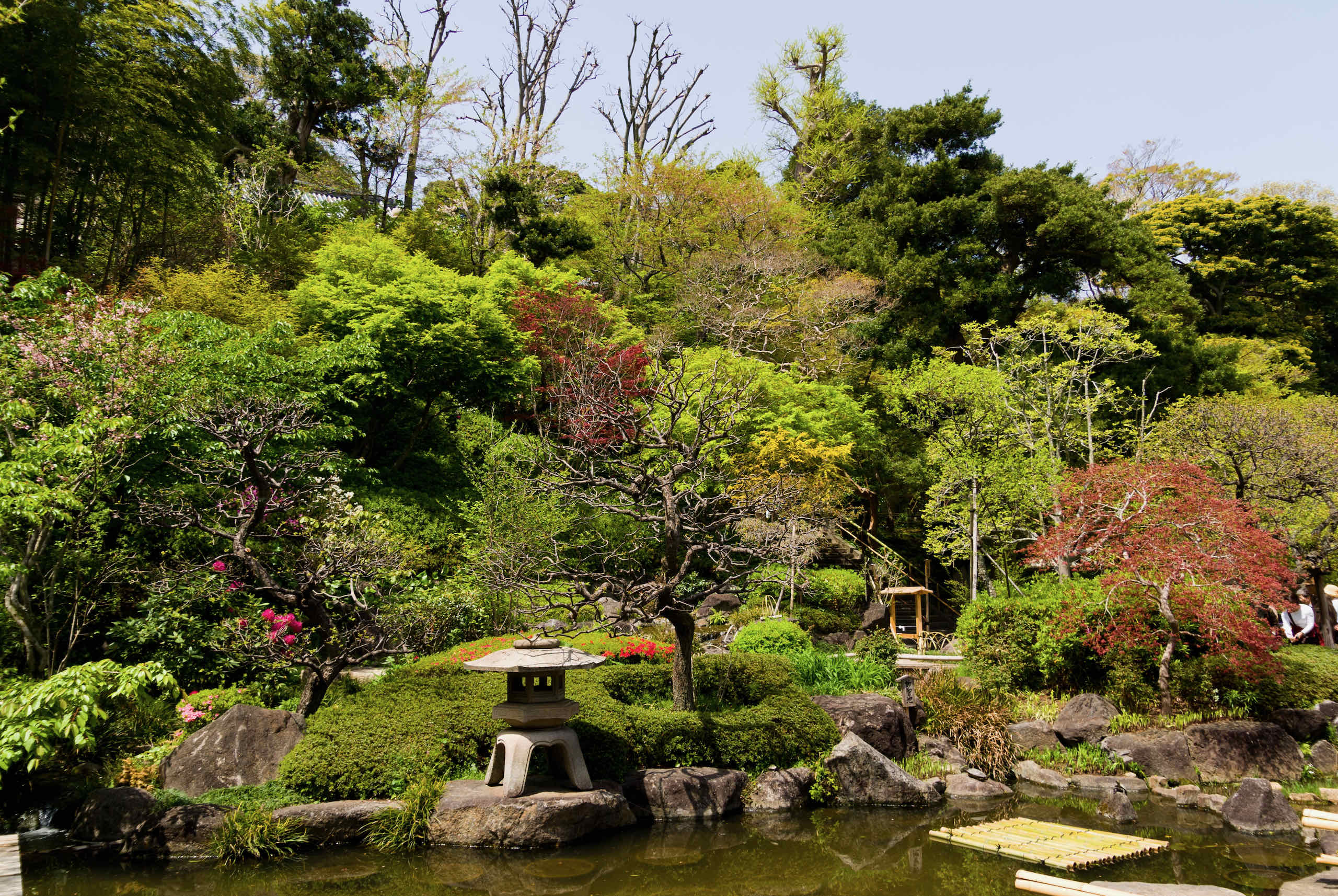
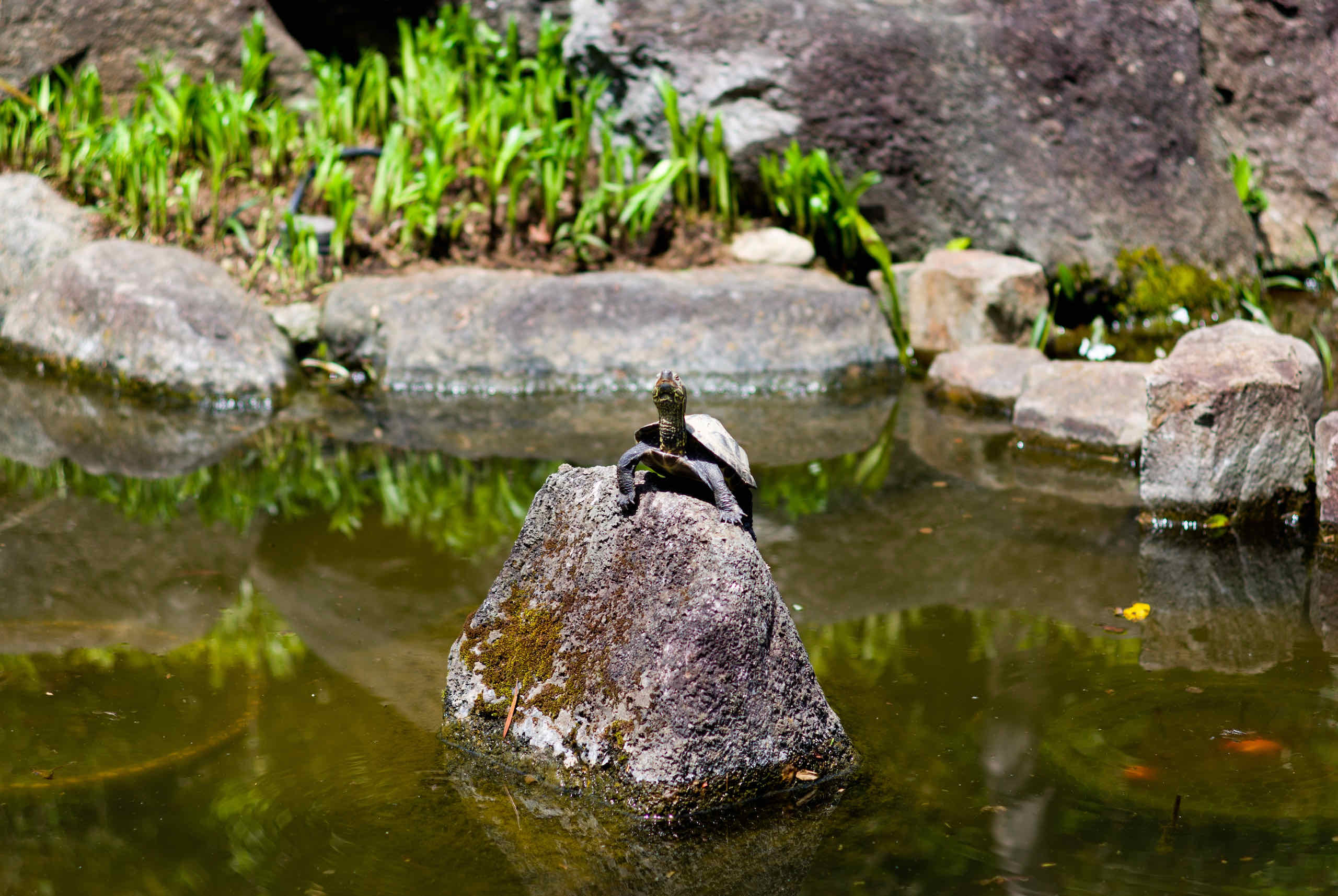
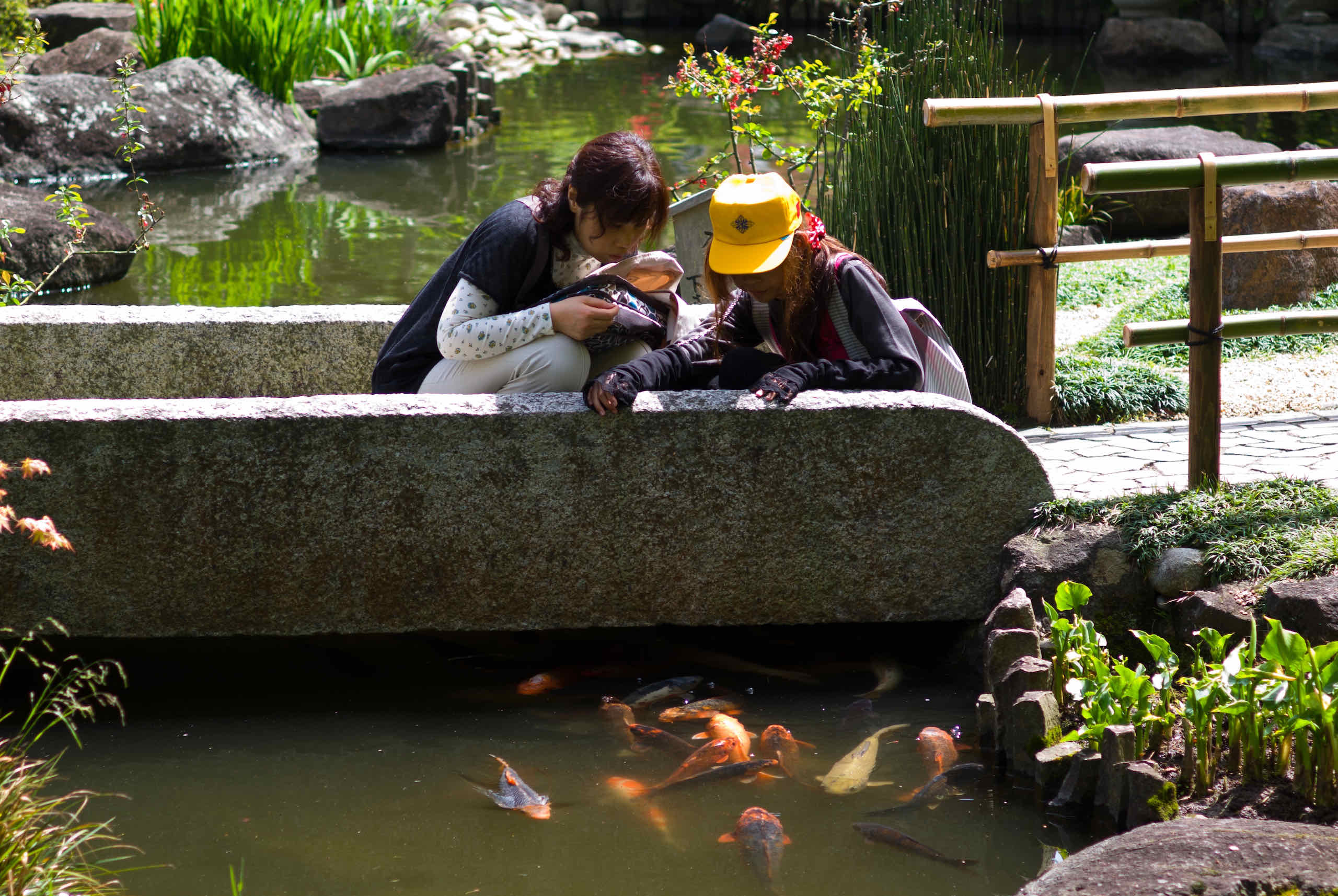
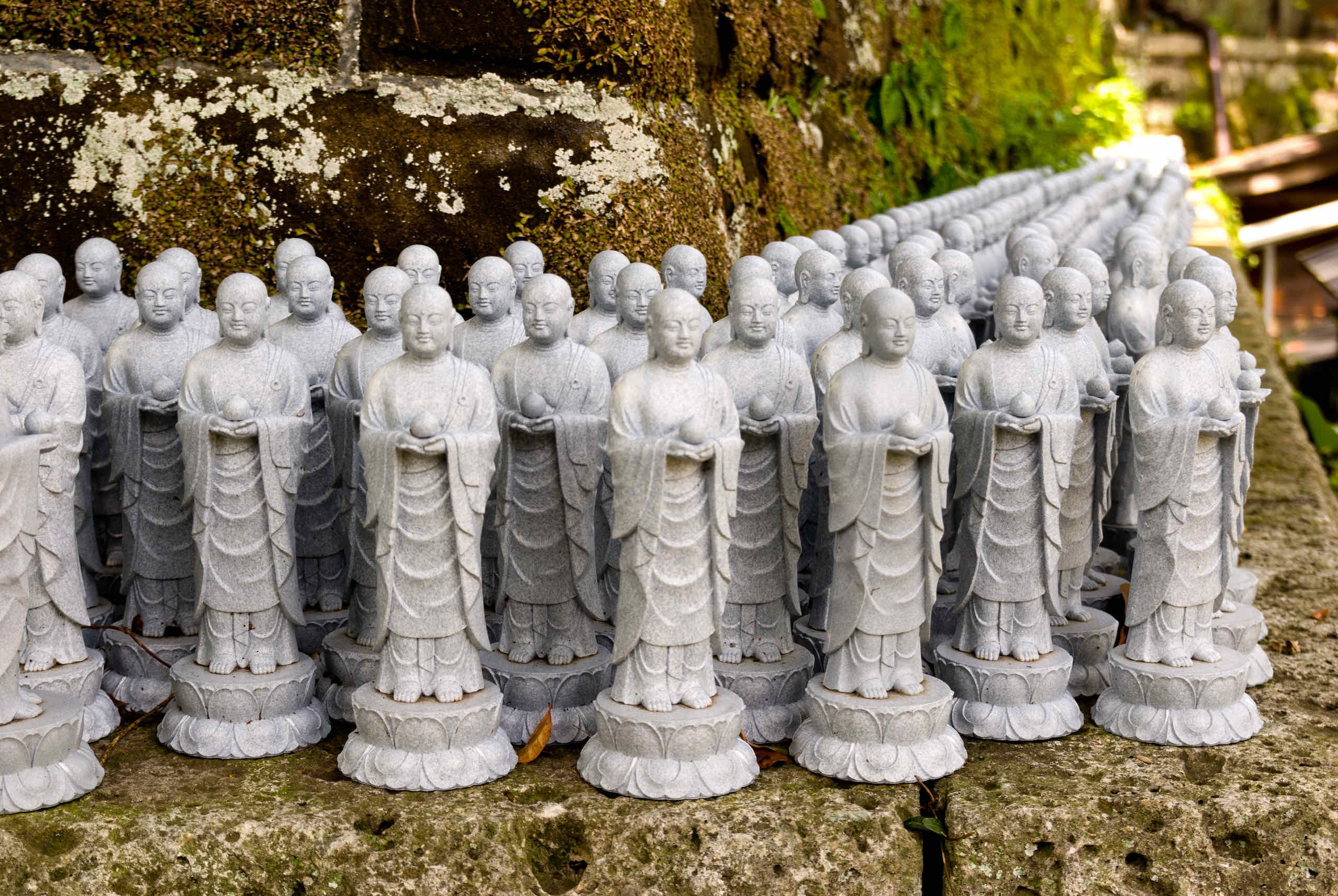
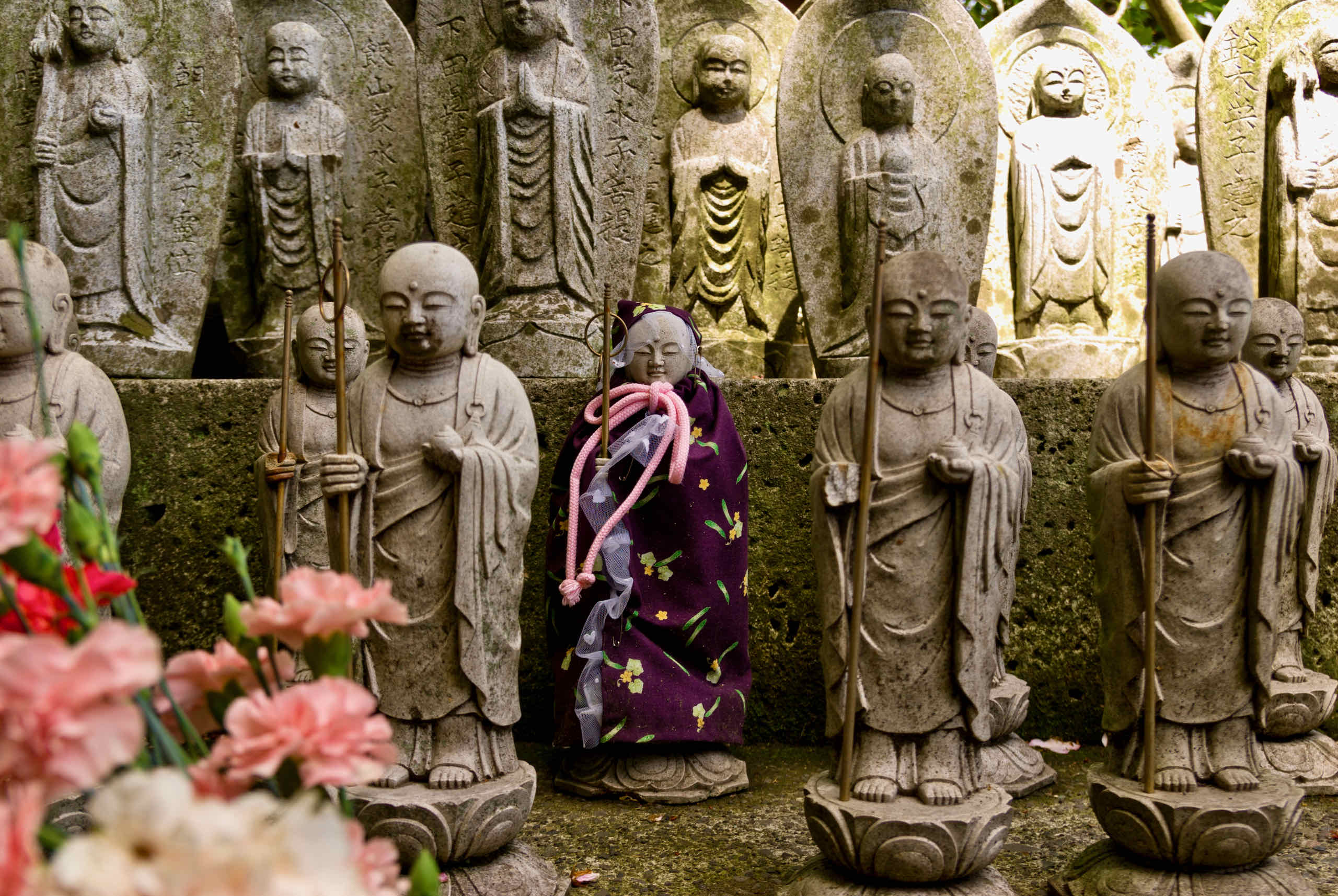
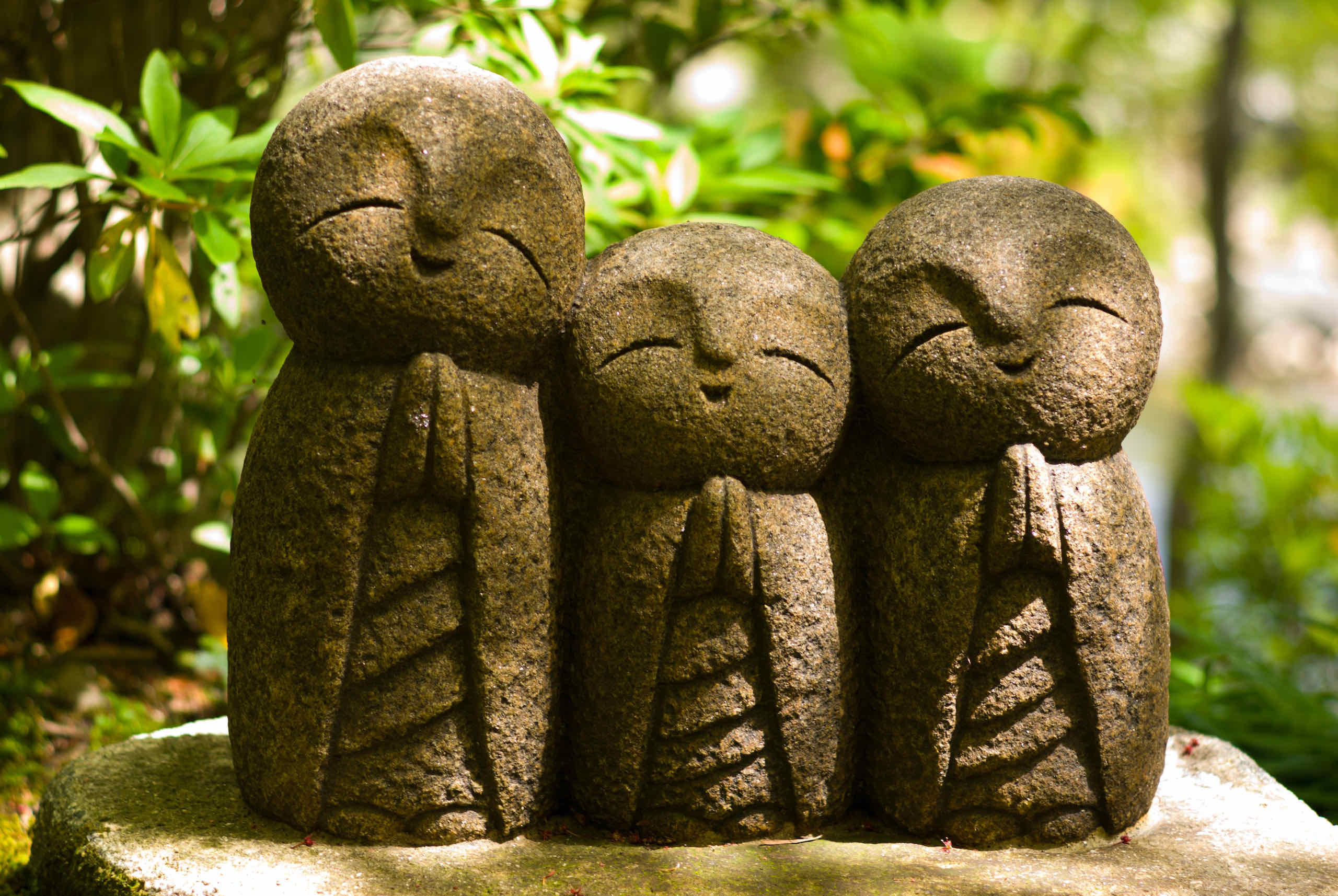
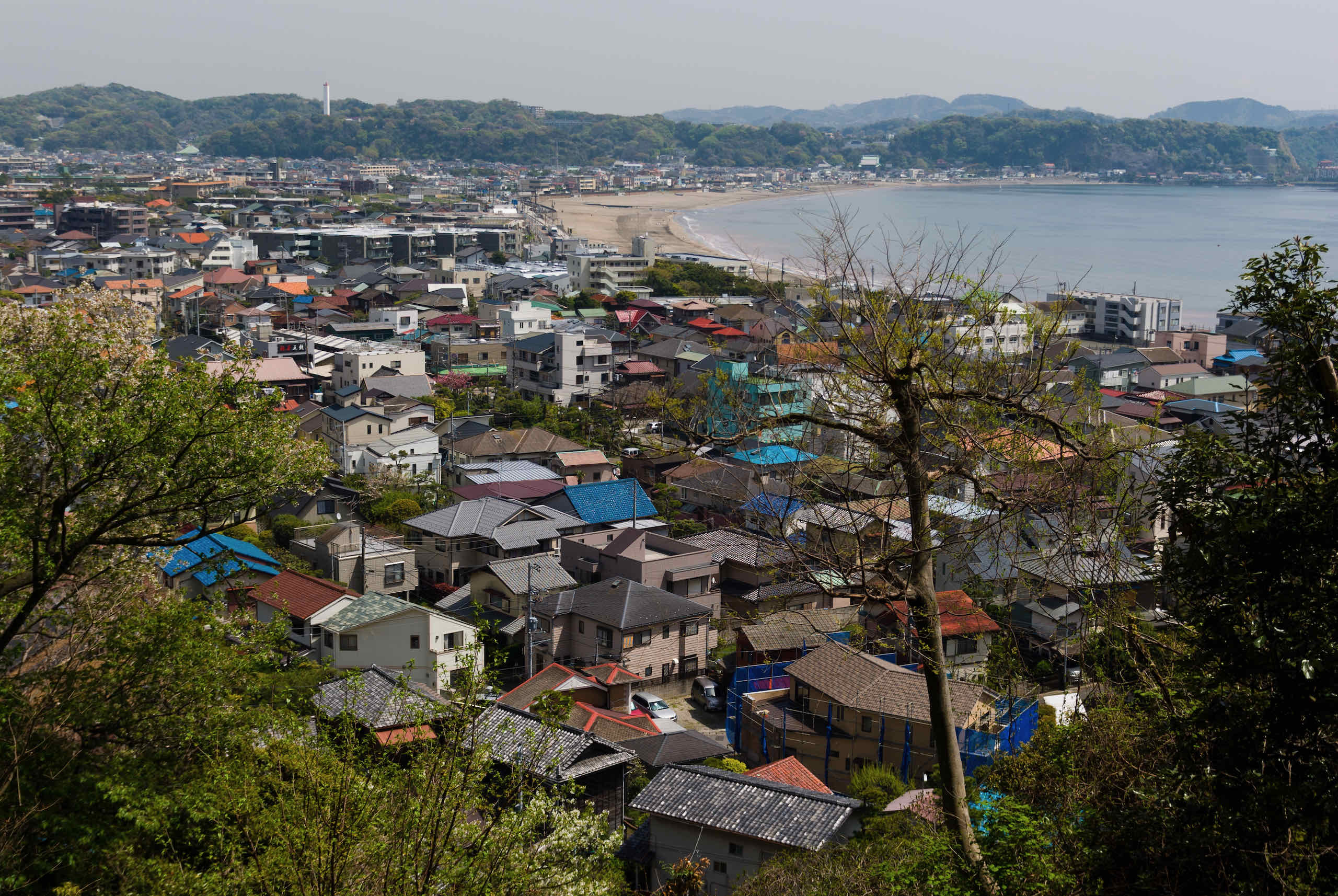
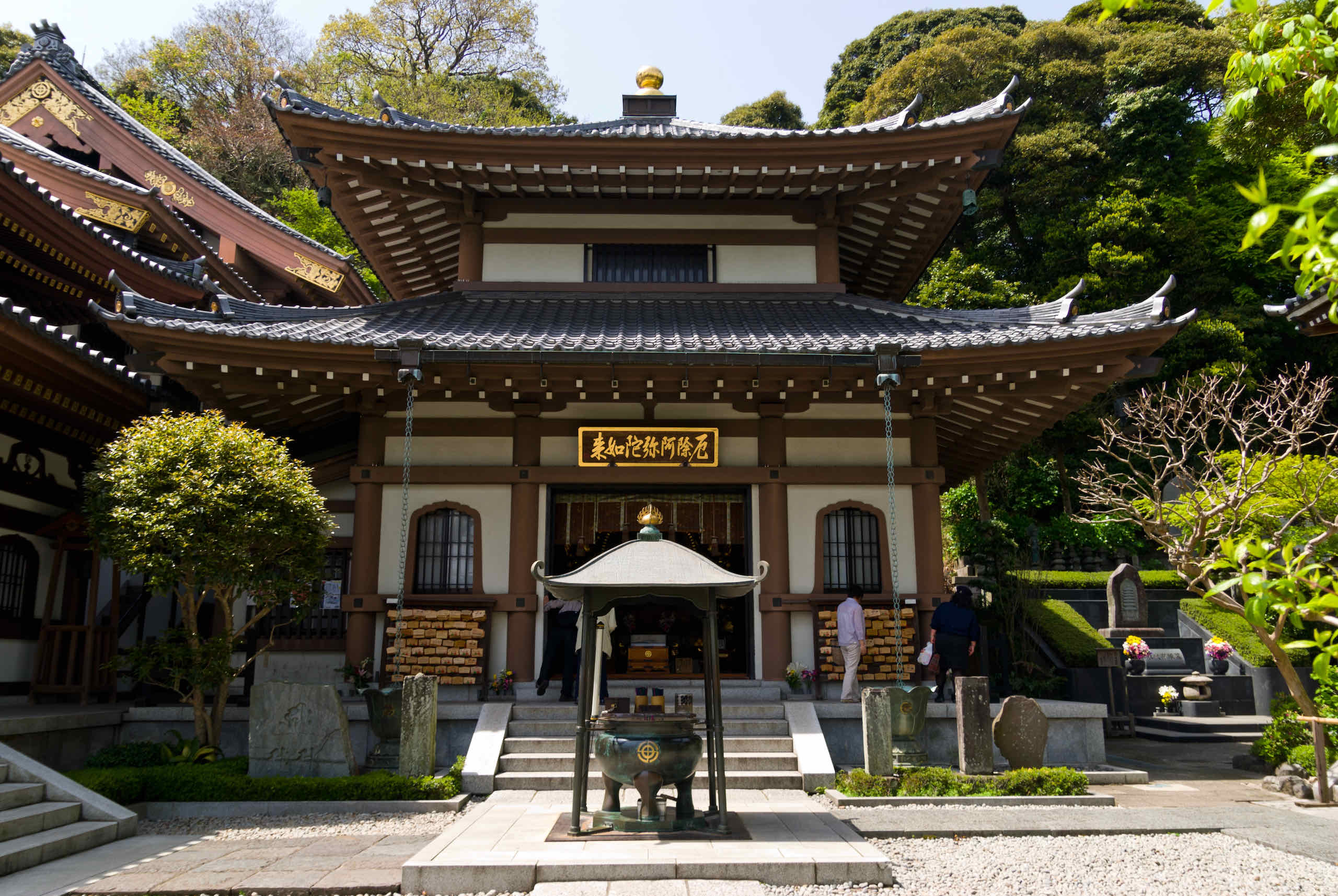
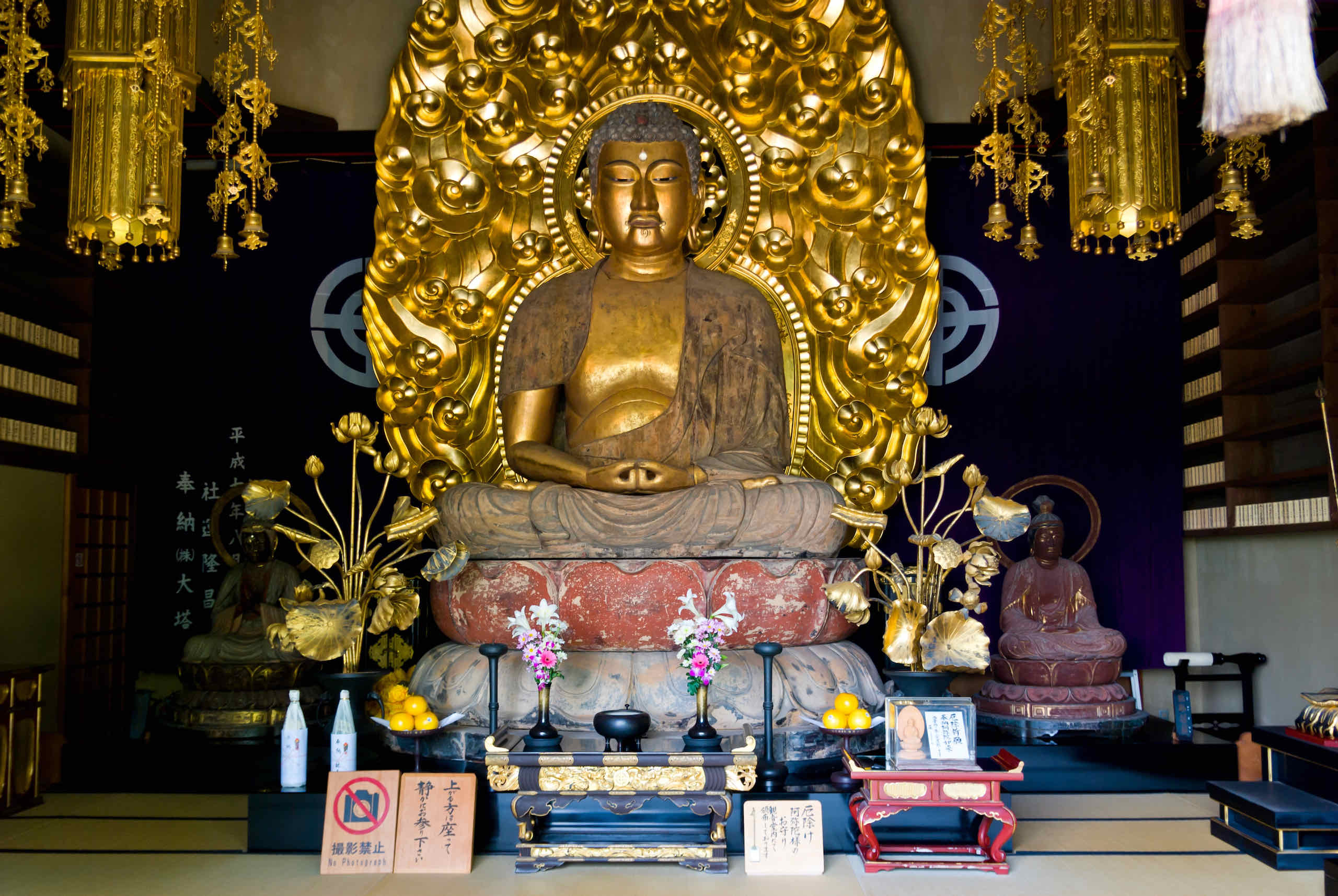
Next up is the impressive giant bronze statue of the Buddha, known as the Great Buddha of Kamakura, located at Kotokuin temple (高徳院). I was surprise the statue is hollow, and I could enter into it from behind. There were once 32 giant lotus petals at the base of the statue, but unfortunately only 4 remain. The others are presumably lost either during a bad storm (of which there were several over the centuries) or the Great Kanto Earthquake. The statue used to be housed in a gigantic hall which was destroyed in a storm and now it is exposed in the open.
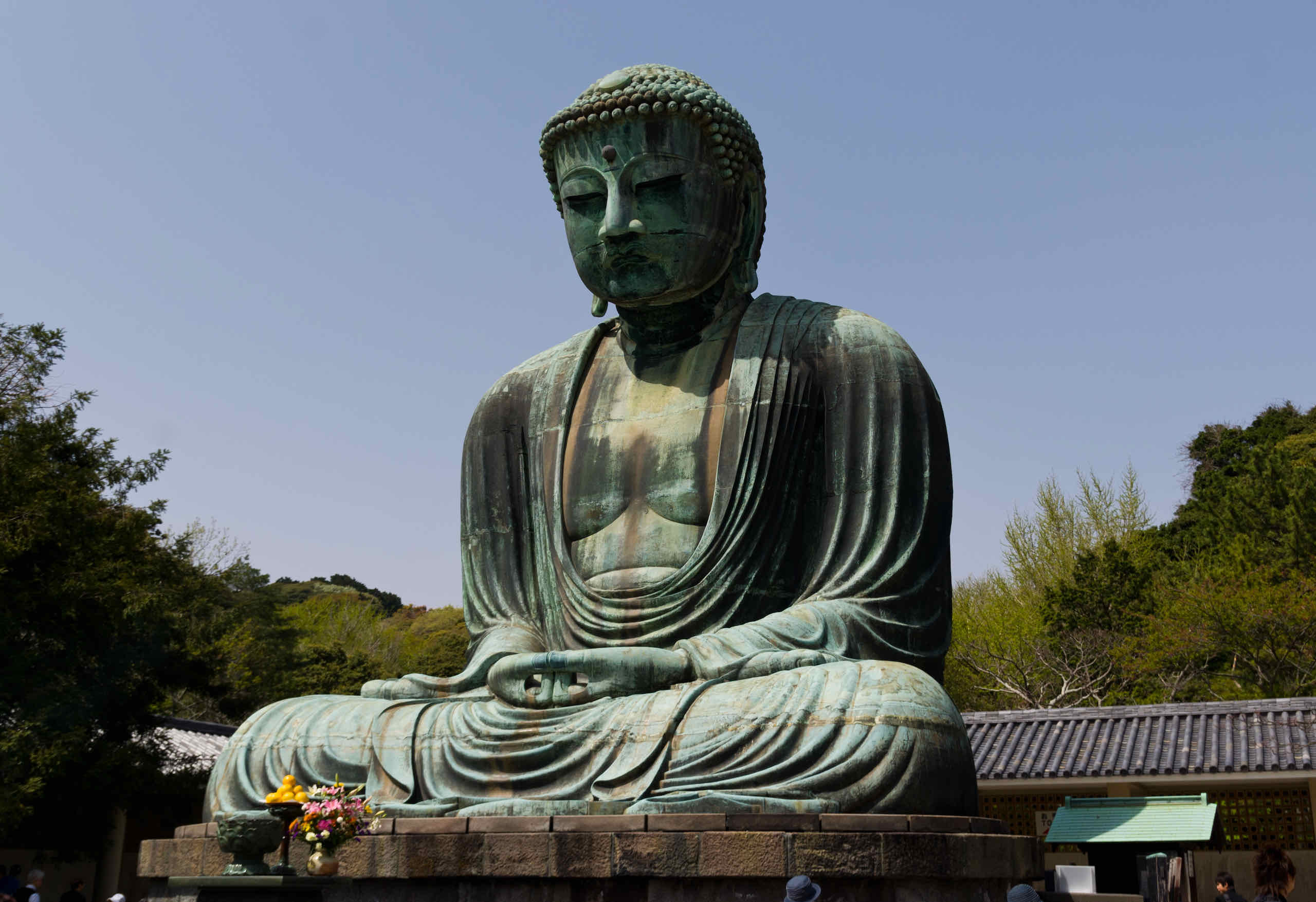
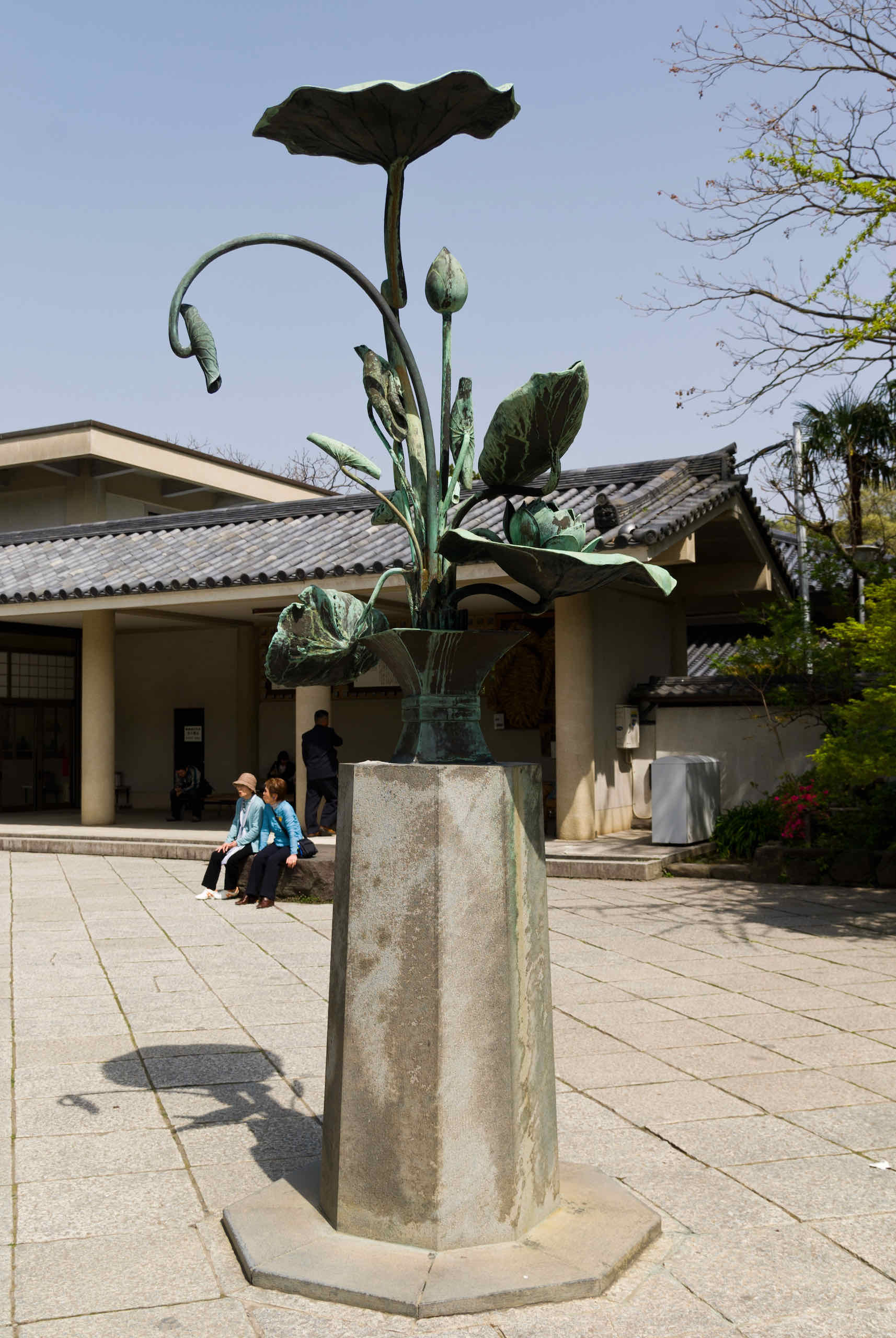
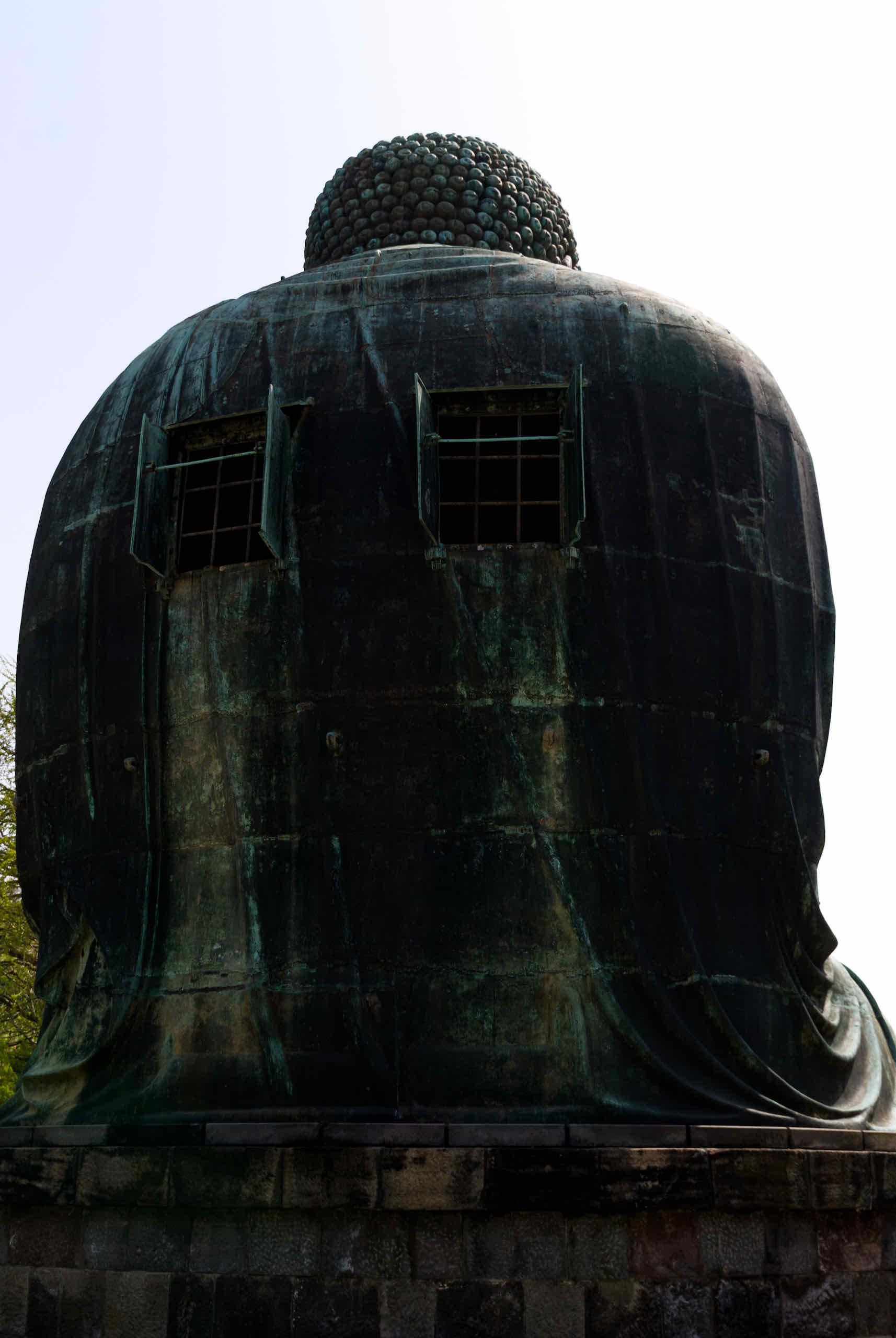
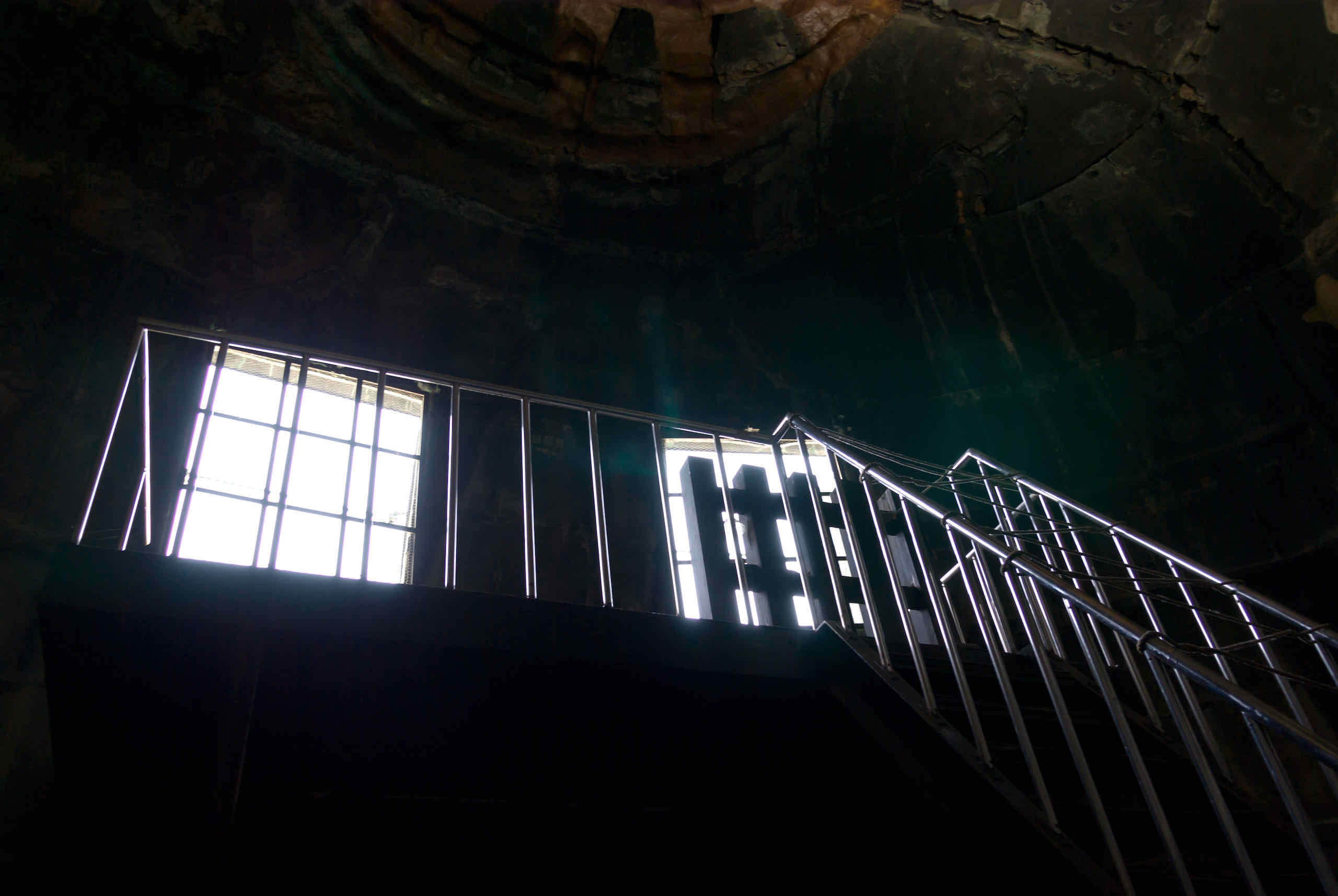
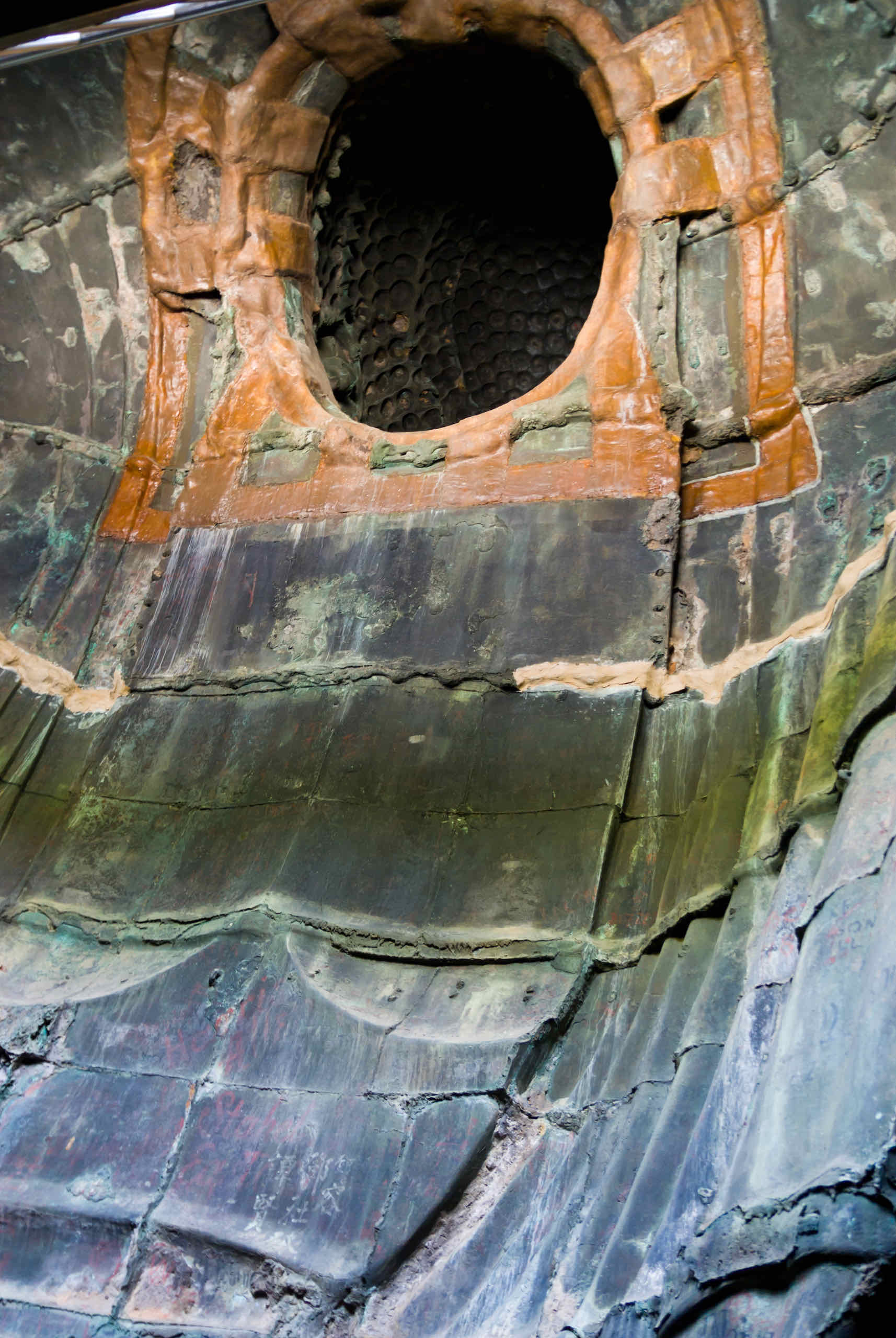
An interesting and rather unique shrine is the Zeniarai Benzaiten Ugafuku Shrine, which is completely located in a cave, so the only entrance from the street is via a tunnel dug out of a huge rock. Inside, the shrine is small, but has a unique feature – lots of people washing coins in a stream. Apparently legend has it this will cause the coins to multiply.
